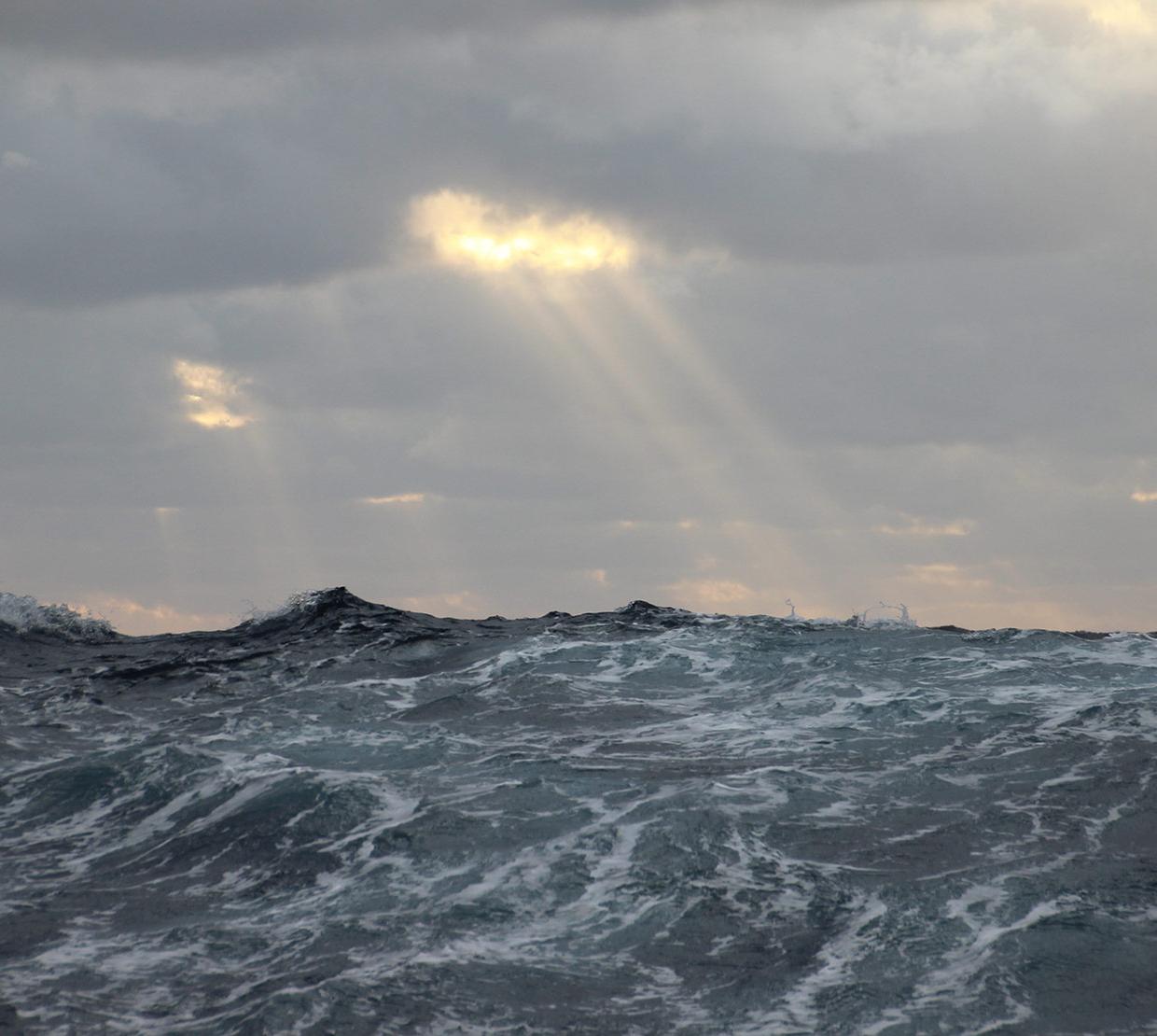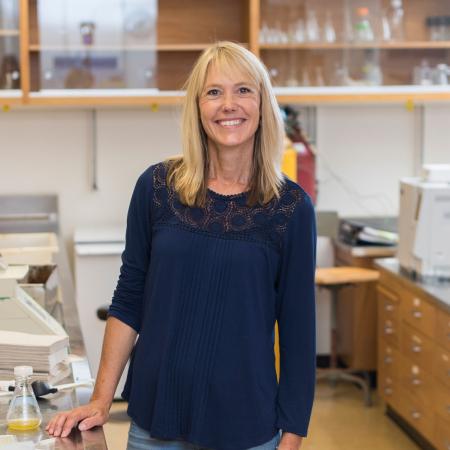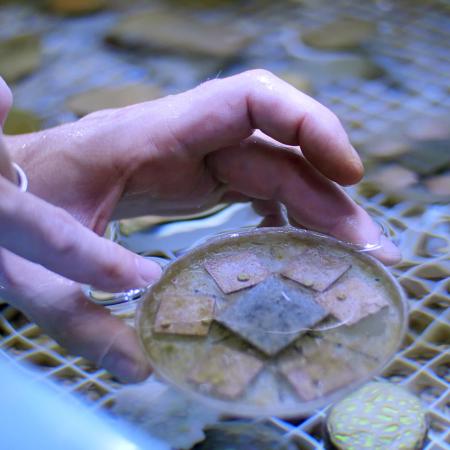The ocean’s most abundant life form, a type of bacteria discovered by the Department of Microbiology, consumes an organic compound commonly found in solvents like paint remover, a new study shows.
The research led by Associate Professor of Microbiology Kimberly Halsey and then-Ph.D. student Eric Moore revealed that SAR11 bacteria consume acetone, adding evidence to suggest that aspects of the marine carbon cycle, which pulls atmospheric carbon into the sea, are not being considered in the study of the cycle and its ability to buffer climate change.
Acetone and other volatile organic compound (VOCs) are produced by phytoplankton, microscopic marine algae, and are abundant in the surface ocean, from which they can move into the atmosphere and influence climate.
“It’s important to understand SAR11 and other bacteria’s potential to control the emission of climate-active gases because it helps our overall understanding of climate change and stability,” said Halsey.
Finding that SAR11 consume the gas is particularly significant due to the bacteria species’ massive abundance. “A single milliliter of ocean water might contain a half-million SAR11 cells,” said Distinguished Professor of Microbiology Stephen Giovannoni, who discovered the bacteria in 1990. SAR11 comprise 25% of all ocean plankton, and their combined weight exceeds that of all the ocean’s fish.
Find the full story here.



